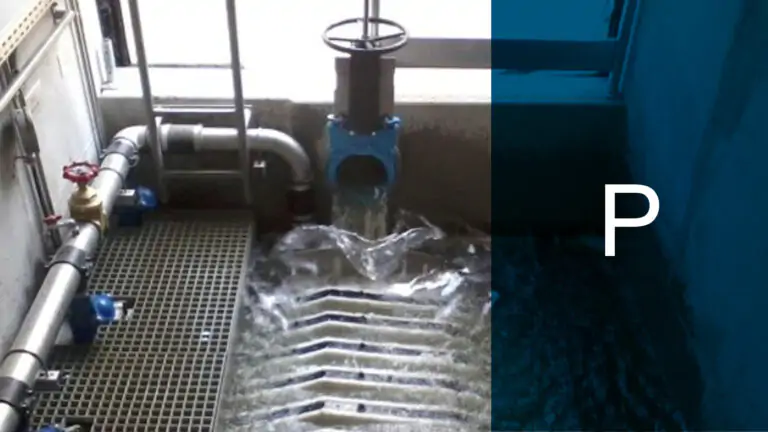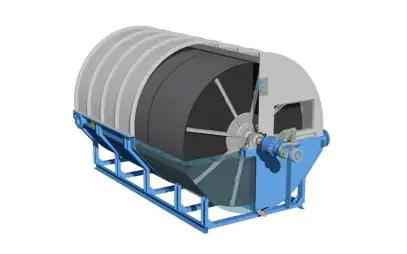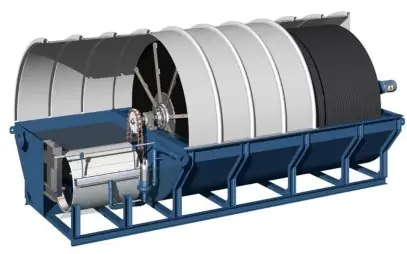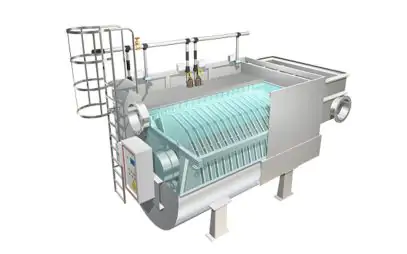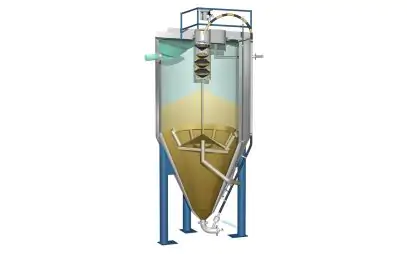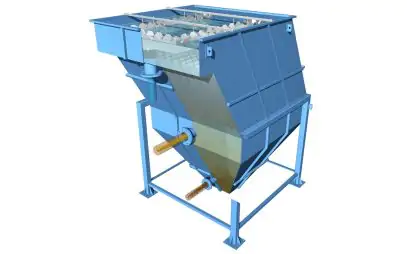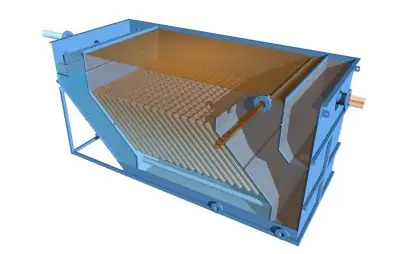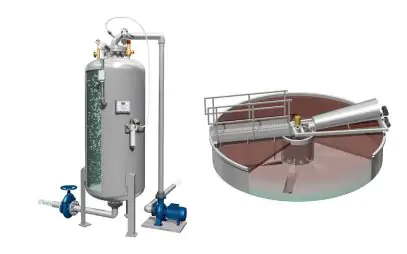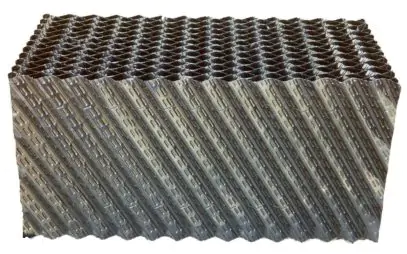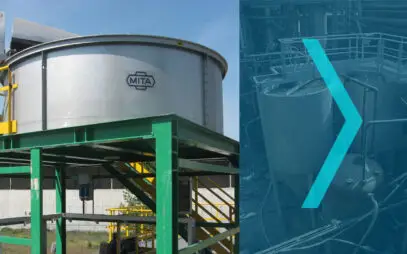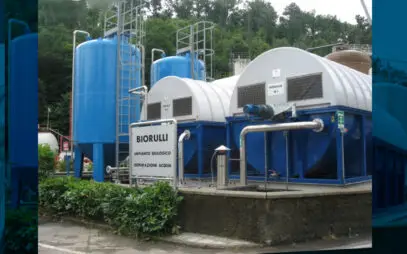Phosphorus removal: methods and processes
As in other cases, the choice of the most suitable method for phosphorus removal from wastewater depends on the characteristics of the water to be treated.
These are some of the most common processes for wastewater treatment.
- Biological treatment. It is an effective, economical, and sustainable process for removing phosphorus from civil and industrial wastewater.Some solutions proposed by technology providers are relatively simple to install and use.
- Chemical treatment. The use of products is one of the most popular practices for phosphorus removal from wastewater, especially when loads exceed treatment capacity by biological means. Reaction with specific reagents, such as ferric chloride, make phosphorus insoluble in water and thus separable by sedimentation.
- Sedimentation. When used as a stand-alone treatment, it is appropriate only when the concentration of the pollutant is low. In contrast, it is still an integral part of biological and chemical treatments.
- Filtration. This is generally a useful refinement process, to be applied downstream of the technologies already seen, when the required removal performance is particularly demanding. It can, under special circumstances, be combined with chemical treatment without including intermediate sedimentation.
